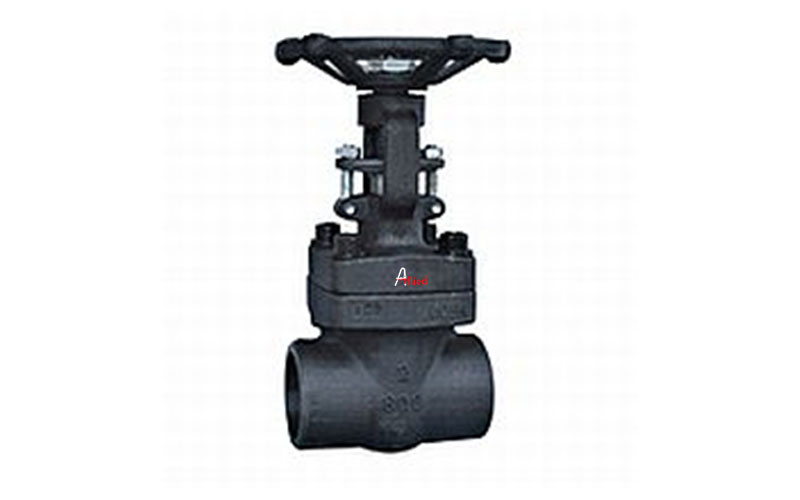Gate valves are essential in industries that require precise control over the flow of fluids or gases. These valves work by lifting a gate (or wedge) to allow the free flow of a medium and lowering it to restrict or stop flow entirely. Gate valves are preferred for applications that require minimal flow resistance and unobstructed passage.
Ensuring optimal performance of a gate valve is not just about selecting the right valve but also maintaining it well and installing it properly. In this guide, we’ll cover the key factors to ensure your gate valve performs at its best.
1. Choosing the Right Gate Valve
The first step to achieving optimal performance from a gate valve is selecting the right one for your specific application. Consider the following factors when choosing a gate valve:
Material: Gate valves are made from different materials, such as cast iron, stainless steel, and brass. The material should be compatible with the medium (liquid or gas) it will control.
Size: It is essential to match the size of the gate valve with the pipeline to avoid any flow restrictions or operational issues.
Pressure and Temperature Ratings: Always verify that the gate valve can withstand the operational pressure and temperature of your system.
End Connection Type: Gate valves come with different types of connections, including flanged, threaded, and welded. The connection type will affect both installation and performance.
When sourcing these valves, it’s important to find a reputable gate valve supplier in Ahmedabad, especially if you’re looking for quality valves that meet your industry’s specific standards.
2. Proper Installation
Installing a gate valve correctly is key to ensuring it functions optimally. Even the best valve can fail if not installed properly. The following steps should be followed during installation:
Check for Alignment: Ensure that the valve and pipeline are properly aligned. Misalignment can cause leaks, damage the valve, or lead to poor flow control.
Avoid Over-Tightening: When securing the gate valve in place, avoid over-tightening the bolts, which can damage the valve body or cause stress on the connections.
Verify Operation: Once installed, test the valve by opening and closing it several times to ensure that it operates smoothly. Pay attention to any resistance, as this could be an early sign of a problem.
Sealing Requirements: Always use the correct sealing material (such as gaskets or tapes) to prevent leaks from the connections.
3. Routine Maintenance
Routine maintenance is critical to keep gate valves performing at their best. Over time, gate valves may accumulate dirt, debris, or corrosion, which can affect their functionality. Here are some tips for maintaining your gate valve:
Regular Cleaning: Periodically clean the valve to remove any debris that could affect its performance. Be cautious about chemical cleaning agents, as they might react with the valve material.
Lubrication: Many gate valves require lubrication to keep the moving parts in good working condition. Make sure to use the appropriate lubricant that is compatible with both the valve material and the medium.
Inspection for Wear and Tear: Regularly inspect the gate valve for signs of wear, such as corrosion, leaks, or cracks. If these are detected early, you can replace parts or the entire valve before it leads to system failure.
Valve Testing: Occasionally test the gate valve under full operational conditions to make sure it can handle the system’s pressure and flow.
4. Troubleshooting Common Issues
Even with the best installation and maintenance practices, issues with gate valves can still occur. Here are a few common problems and how to troubleshoot them:
Valve Sticking: If the valve gate sticks or doesn’t open fully, check for debris buildup inside the valve body. This can often be resolved by cleaning the valve.
Leaking Valve: If the valve is leaking, inspect the seals and gaskets for damage. Replacing worn seals can usually solve this issue.
Corrosion: Corrosion can weaken the valve and its performance. If corrosion is found, it may be necessary to replace the affected parts or the entire valve, especially if it compromises the valve’s structural integrity.
5. Finding a Reliable Supplier
Finally, working with a trusted supplier is essential to ensure the quality and reliability of your gate valves. A good supplier can provide you with high-quality valves that meet your exact specifications. If you’re in need of a gate valve supplier in Ahmedabad, there are several companies in the region known for their high-quality products and prompt service. Working with a local supplier can also provide benefits such as faster delivery times and easier communication.
Conclusion
Gate valves are critical components in industrial and commercial systems, and optimizing their performance can significantly improve system efficiency and safety. From selecting the right valve to ensuring proper installation and maintenance, each step plays a crucial role in achieving optimal performance. Partnering with a reliable gate valve supplier in Ahmedabad ensures that you have access to high-quality products that meet the demands of your applications. Regular maintenance and troubleshooting will further extend the life of your gate valve, providing long-term reliability and efficiency in your system.

Service/Product Details:
https://alliedvalves.com/product-category/gate-valve/











